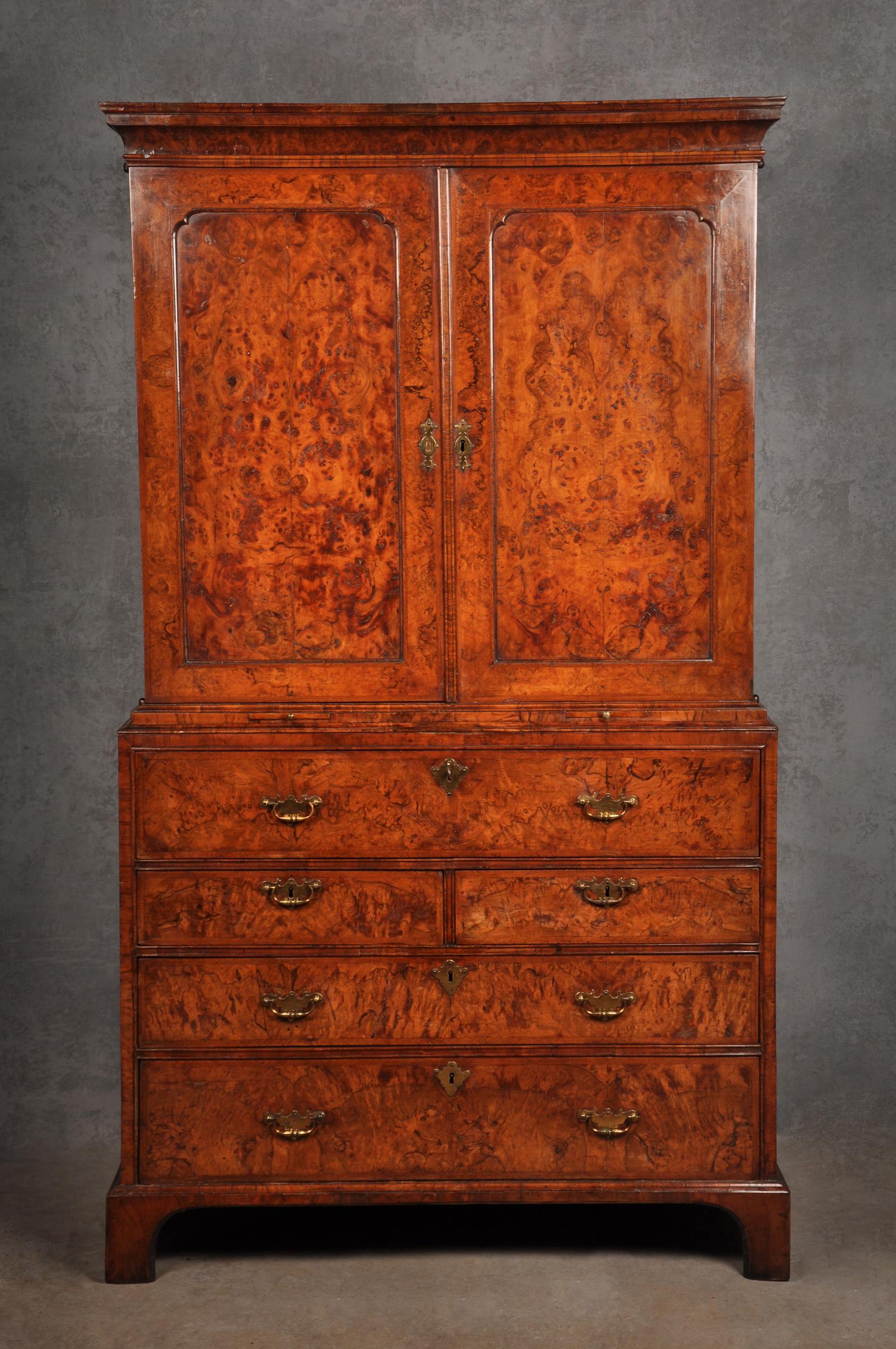Directory and moreAll AntiquesFurnitureSilverArtJewellerySalvageClocksMirrorsChairsGlassCeramicsDirectory and moreBedsBookcasesCabinetsChairsChest of DrawersCupboardsDesksDressersDressing TablesSideboardsStoolsTablesWardrobesBasketsBowlsBoxesCandlesticksCard HoldersCoastersCoffee PotsCondimentsCutleryDecanter LabelsDishesSpoonsVasesCityscape ArtContemporary ArtDrawingsEaselsLandscape ArtMarinescape ArtMiniaturesOil PaintingsPastelPortraitsSeascape ArtStill LifeWatercoloursAntique Bracelets & BanglesBroochesCufflinksDiamond RingsEarringsEngagement & Wedding RingsJewellery BoxesLocketsNecklacesPendantsRingsSets - Demi ParureSolitaire RingsBathsChimneysColumnsDoor Handles / Door Stops / Door KnockersDoorsFireplacesFlooringIndustrial antiquesLocks / KeysReclaimed & Industrial LightingReclamationWindowsBracket ClocksCarriage ClocksClock SetsCuckoo ClocksDial ClocksFusee ClocksGrandfather ClocksLongcase ClocksMantel ClocksPocket WatchesSkeleton ClocksWall ClocksWatchesConvex MirrorsDressing MirrorsDressing Table MirrorsFrench MirrorsGilt MirrorsLarge MirrorsOval MirrorsOvermantle MirrorsPier MirrorsSwing MirrorsToilet MirrorsVictorian MirrorsWall MirrorsArmchairsClub ChairsCorner ChairsCountry ChairsDesk ChairsDining ChairsHall ChairsKitchen ChairsLibrary ChairsOffice ChairsPair of ChairsRocking ChairsWing ChairsAntique Drinking GlassesChampagne GlassesDecantersEpergnesGlass BowlsGlass CruetGlass DishesGlass InkwellGlass JugsGlass SculpturesGlass VasesScent BottlesTantalusAnimal FigurinesBlue and WhiteBowlsChargersChinaCoffee Pots & SetsDinner ServiceDishesFigurinesJugsTea Pots and SetsVases (Ceramic)Business DirectoryLoveAntiques DealersHome & LivingBlogMaterialsPeriodsArtisansOriginsGifts For HimGifts For Her

Holmes Antiques
Holmes Antiques
We are a family business with a shop on Haworth Main Street in West Yorkshire. We specialise in early English Oak and Walnut with the emphasis on quality, originality, colour and surface.
Christian Holmes is the 4th generation of the family to deal in Antique furniture
www.holmesantiques.co.uk
LoveAntiques Dealersince Oct 2016Approved item355 sales by dealer
Fine Early 18th Century Walnut Secretaire Cabinet
REF: LA425690
£24,000
€27,385
$32,248
LoveAntiques Dealersince Oct 2016Approved item355 sales by dealer
Description
This is a rare and important George I walnut secretaire cabinet of good colour and fine proportions, veneered in the finest highly figured and burr Walnut veneers. This piece relates closely to documented examples bearing the Coxed and Woster label one of which is illustrated in C.Gilbert, Pictorial Dictionary of Marked London Furniture 1700 - 1840, Leeds, 1996, p.161, fig. 250.
A further two images bearing John Coxed's trade label of circa 1710 - 15, both illustrated in A. Bowett, English Furniture 1660 - 1714, Woodbridge, 2002, p.226, pls. 7.59 and 7.60.
It is interesting to note that the same gilt brass ring drop handles with domed back plates were used on the interior of both pieces and that the top section of the interior drawer formation is almost identical, apart from the addition of a secret concave drawer operated from underneath by removing the middle drawer. This type of drawer to the top can be seen on pieces by William old and John Ody who were contemporaries of Coxed and Woster, both firms had workshops in the st. Paul's Churchyard area of London.
The originality of this piece along with the striking Walnut veneers make it special. Originally the handles to the drawers in the base were the same as those of the interior, we can see this due to the old fixings inside the drawer fronts, ring handles can also be seen to the base of other documented examples from st. Paul's Churchyard London. The handles that are now fitted to the base drawers are gilt brasses of the period and similar to those on other pieces of this type. These larger and stronger handles we believe were fitted within the first few years after it was made as the originals were too weak for the larges base drawers. The other fittings are all original including hinges, locks, bolts and interior handles.
The feet on pieces of this early period are usually replaced, on this example they are original with repairs. The original oak drawer linings are exceptionally clean showing that the piece has not been heavily used over the years, in fact we believe it probably stood in the same house for most of its life until recently. In one of the interior drawers was an envelope with the words Fragment veneer off Bridewain cabinet written on it. We were intrigued by this as we had no idea what a bridewain was. However having researched this we found that it means wedding present, we think that this chest may have been made as a wedding gift originally and that the family had referred to it as such ever since.
A very similar secretaire cabinet with Japanned finish having the exact same interior drawer formation can be found in The Metropolitan Museum of Art of New York City.
measurements
Height:
189 cm
Width:
108 cm
Depth:
49 cm
declaration
Holmes Antiques has clarified that the Fine Early 18th Century Walnut Secretaire Cabinet (LA425690) is genuinely of the period declared with the date/period of manufacture being c.1720
condition
superb
additional info
Material:
Date of Manufacture:
c.1720
location
This Fine Early 18th Century Walnut Secretaire Cabinet is located in West Yorkshire, United Kingdom
Share:
Ask a question
Please note,
This dealer does not accept instant online payment for this item.
To buy this item please email the dealer using the enquiry form below.
A selection of items from Holmes Antiques
Holmes Antiques has 334 items available.Holmes Antiques
17th Century Oak Lancashire Coffer
£ 1,550
€1,769
$2,083
Holmes Antiques
Rare 18th Century Cherrywood Thames Valley Windsor Chair
£ 4,800
€5,477
$6,450
Holmes Antiques
17th Century Yorkshire Oak Wainscot Chair
£ 1,900
€2,168
$2,553
Holmes Antiques
Rare 17th Century Oak Settle
£ 3,800
€4,336
$5,106
Holmes Antiques
18th Century Chippendale Rococo Giltwood Mirror
£ 9,500
€10,840
$12,765
Holmes Antiques
17th Century Oak Wainscot Chair
£ 2,200
€2,510
$2,956































